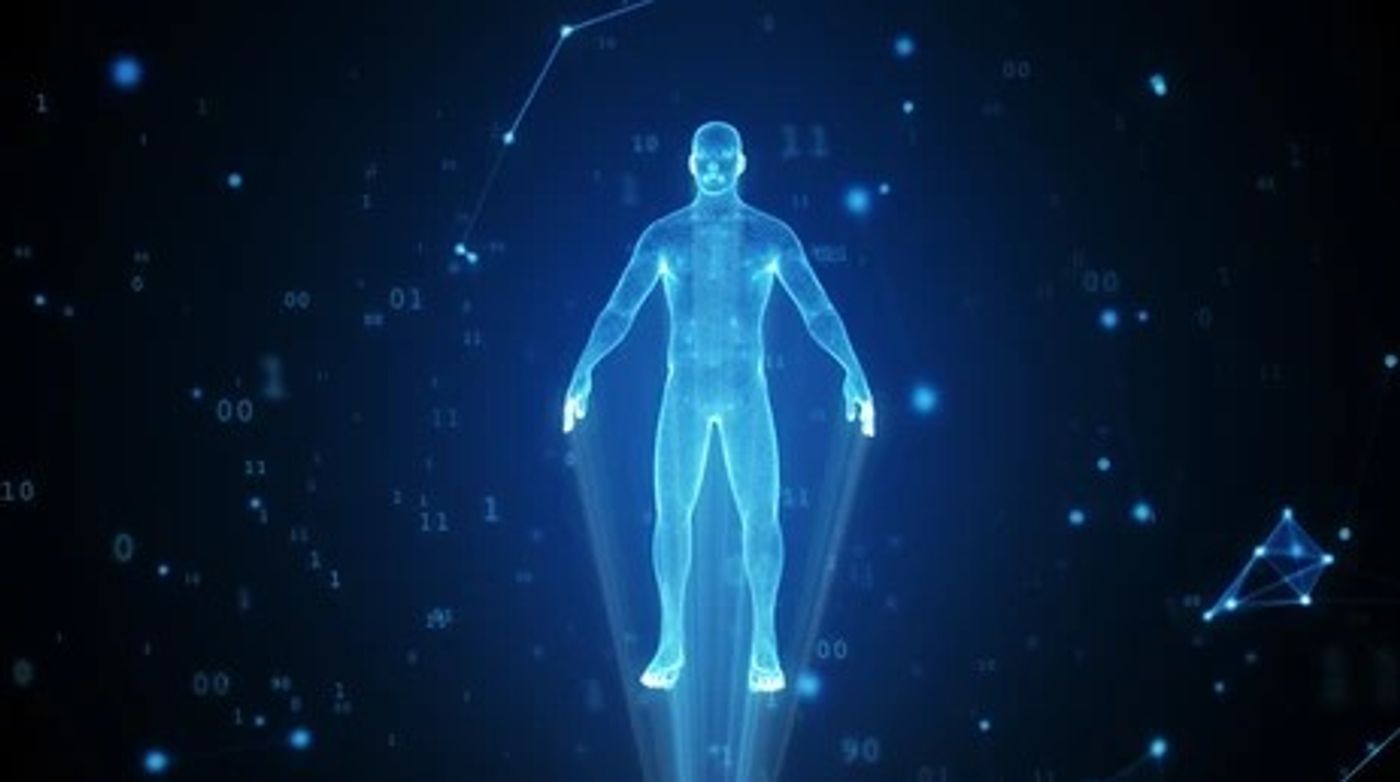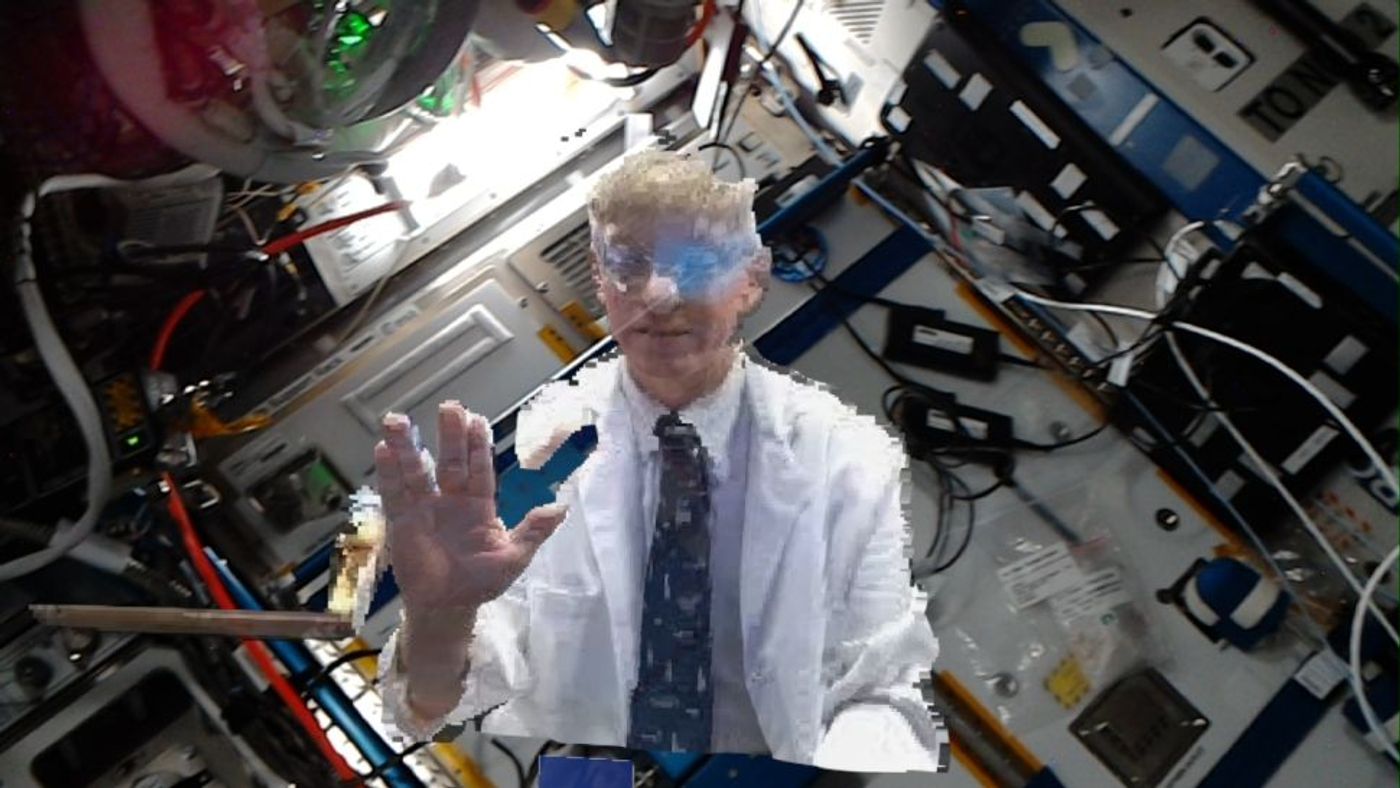New research lets you see 3D images without 3D glasses!
A new study published in Optics Letters allows 3D images to be created on top of an ultra-thin film that can be viewed from all angles without the need for special reading devices such as 3D glasses. For context, this is very similar to the holographic technology often seen in science fiction like Star Wars or the Marvel Cinematic Universe. Much like that technology, the images appear to float on top of the ultra-thin film and can be viewed in normal illumination. This contrasts with previous technical studies where images can only be viewed at certain angles or increased lighting.
"Achieving glass-free 3D imaging with a large field of view, smooth parallax and a wide, focusable depth range under natural viewing conditions is one of the most exciting challenges in optics," said research team leader Su Shen from Soochow University in China. "Our approach offers an innovative way to achieve vivid 3D images that cause no viewing discomfort or fatigue, are easy to see with the naked eye and are aesthetically pleasing."
To demonstrate their technology, the researchers created a 3D image of a cube die and was found to be viewable from all angles and under normal lighting conditions. The cube die measured 8 x 8 millimeters and exhibited an image depth of 0.1 to 8 millimeters, as well. The team also created an imaging film that imaged a floating logo meant to be used for decorative purposes, for example on the back of a smartphone.
Similar technology was recently demonstrated on the International Space Station (ISS) where a holographic doctor was “holoported” aboard to visit the astronauts on the orbiting platform.
How soon will we be able to talk to our family and friends in 3D without needing special devices to do it? Only time will tell, and this is why we science!
As always, keep doing science & keep looking up!
Sources: Optics Letters, Space.com










